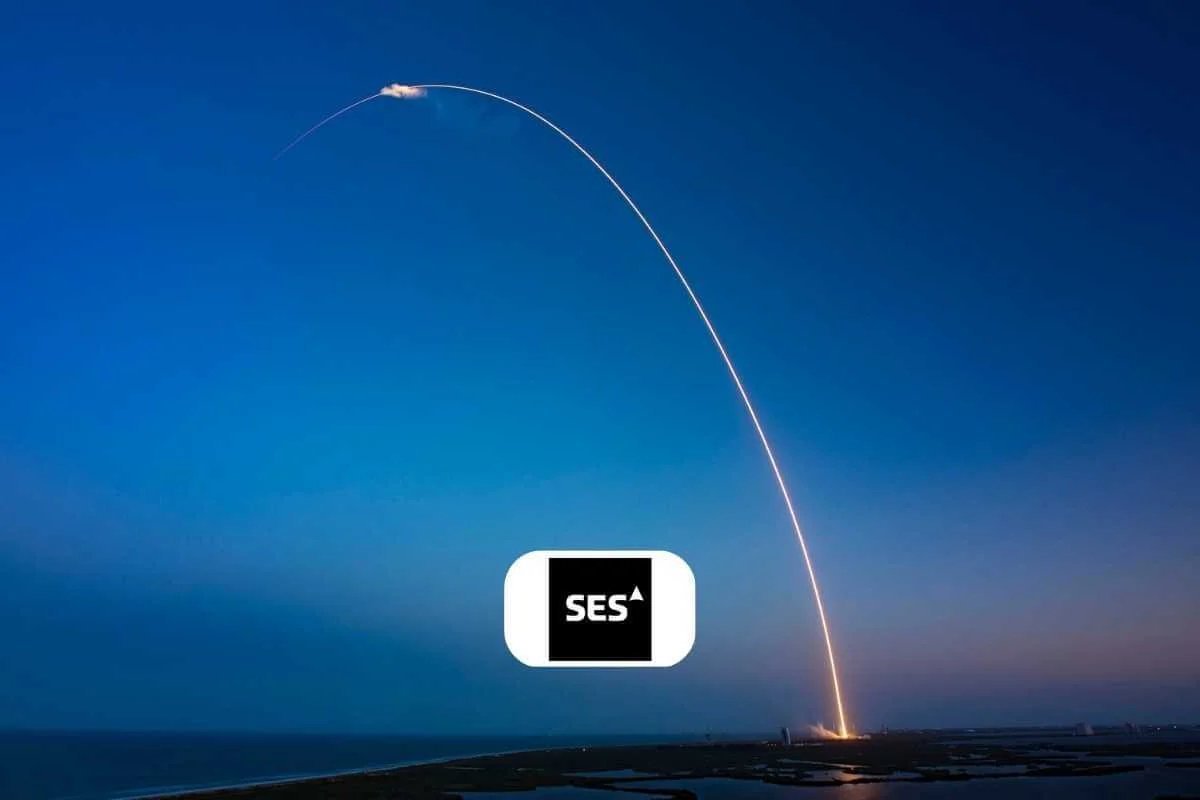
SES has announced the successful launch of two American-made Satellites, SES-18 and SES-19 satellites, designed and assembled by Northrop Grumman, by SpaceX's Falcon 9 rocket from Cape Canaveral Space Force Station in Florida, United States on Friday, March 17, 2023.
Also Read: SES to Deploy Free Broadband Hotspots Across Mexico
4th and 5th Satellite Launch part of the C-Band Transition plan
These two satellites, SES-18 and SES-19, are the fourth and fifth, and final satellites, launched as part of SES's C-Band transition plan to achieve the Federal Communications Commission's (FCC) program to clear the C-band spectrum to enable telecom operators efficiently use the spectrum for 5G services while ensuring SES's existing customers continue to enjoy uninterrupted TV, Radio and critical data transmission services to Americans. This launch followed the earlier three satellites, part of the C-Band transition, SES-22 in June 2022 and SES-20 and SES-21, launched in October 2022.
C-band Transition Started in 2020
Starting from 2020, SES, along with other satellite operators, has cleared 300 MHz of C-band spectrum by launching new satellites, building new ground stations, and sending hundreds of satellite earth station technicians across the country to install new filters on customers' antennas. This is being done to transition customer services to the remaining allocated 200 MHz of spectrum.
Also Read: Du and SES Trial Satellite-Enabled 5G Mobile Backhaul
SES-18 and SES-19 Satellite Operations
SES-18 and SES-19 will provide contractual service protections to customers receiving video services in the US, allowing SES to clear the C-band spectrum safely and support the FCC's ambitious goals for American 5G innovation. SES-18 is scheduled to commence operations at 103 degrees West in June 2023, replacing SES-3's C-band payload. Meanwhile, SES-19 will be co-located with SES-22 at 135 degrees West.
According to SES, this successful launch marks one of the last remaining milestones in its journey to clear a portion of the C-band, freeing the crucial 5G spectrum. The company aims to conclude the work reasonably before the FCC's December 2023 clearing deadline.















